Reportar esta entrada
Más sobre la misma comunidad-colección
Motorcycle Madness Exhibit at the El Paso Museum of History.
White harley close-up. August 2012, designed by Tim Hanlon. All ...
Motorcycle Madness Exhibit at the El Paso Museum of History.
Orange Harley close-up. August 2012, designed by Tim Hanlon. All ...
Motorcycle Madness Exhibit at the El Paso Museum of History.
1940s War Bike. Harley-Davidson. August 2012, designed by Tim ...
Motorcycle Madness Exhibit at the El Paso Museum of History.
1921 Harley-Davidson. August 2012, designed by Tim Hanlon. All ...
Motorcycle Madness Exhibit at the El Paso Museum of History.
Solo engine. August 2012, designed by Tim Hanlon. All of the ...
Motorcycle Madness Exhibit at the El Paso Museum of History.
Old Harley davidson reissue. August 2012, designed by Tim ...
Motorcycle Madness Exhibit at the El Paso Museum of History.
Lond shot. Suzuki motorcycles ove the handlebars of a 1940s War ...
Motorcycle Madness Exhibit at the El Paso Museum of History.
Triumphs, Suzuki, and all else. What a great exhibit. August ...
Motorcycle Madness Exhibit at the El Paso Museum of History.
Dukati, BMWs and others. Another great look at the exhibit. ...
Motorcycle Madness Exhibit at the El Paso Museum of History.
100 year old motorcycle books and toys. August 2012, designed by ...
Motorcycle Madness Exhibit at the El Paso Museum of History.
100 year old books and toys. August 2012, designed by Tim ...
Motorcycle Madness Exhibit at the El Paso Museum of History.
Don Vesco Yamaha racer. August 2012, designed by Tim Hanlon. All ...
Motorcycle Madness Exhibit at the El Paso Museum of History.
Various sales pamphlets and toys. August 2012, designed by Tim ...
Motorcycle Madness Exhibit at the El Paso Museum of History.
Various sales pamphlets and toys. August 2012, designed by Tim ...
Motorcycle Madness Exhibit at the El Paso Museum of History.
Various pamphlets - rider's handbooks and repair manuals - BSA, ...
Adelaida y Juan Villalobos Boda - El Paso, Texas
Wedding party of Adelaida and Juan Villalobos. Adelaida Grijalva ...
Natividad Grijalva y Ben Montes Boda
Nati was the daughter of Pilar and Santos Grijalva. Wedding ...
José Grijalva y Juanita González Boda
Wedding celebration in San Elizario, 1942. Jose was the son of ...
Adelaida y Candida Grijalva, Doble Boda
Double wedding of Adelaida and Candida Grijalva. Daughters of ...
Motorcycle Madness Exhibit at the El Paso Museum of History.
Various manuals, Triumph owner's manual, BSA instruction manual, ...
Motorcycle Madness Exhibit at the El Paso Museum of History.
Rare Buzzzz Motorcycle Magazines, Indian Motorcycle News, and a ...
Motorcycle Madness Exhibit at the El Paso Museum of History.
Motorcyclist magazine, a 1933 version of The Motorcyclist - the ...

















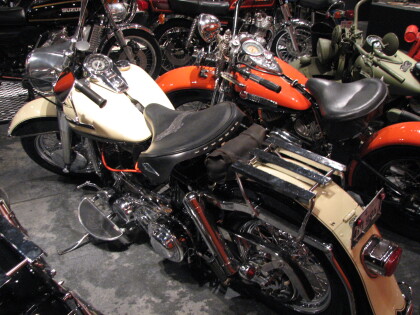
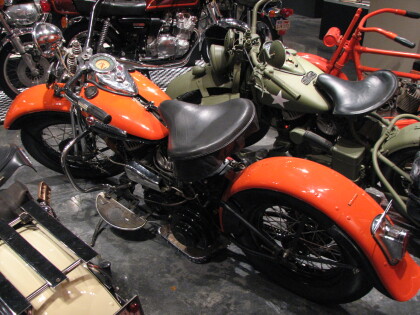
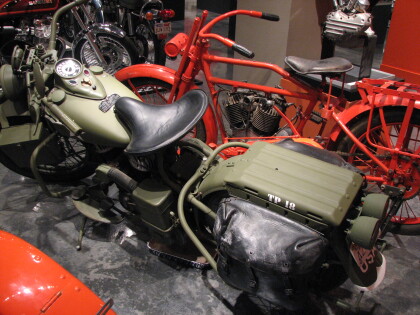
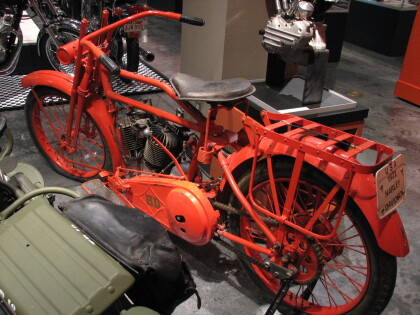
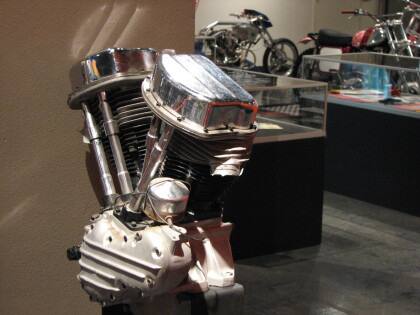
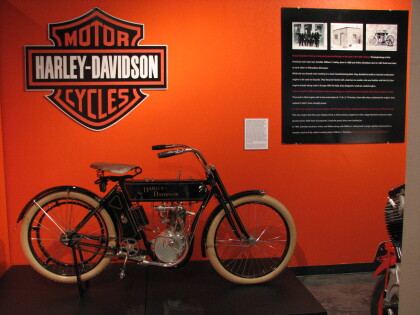
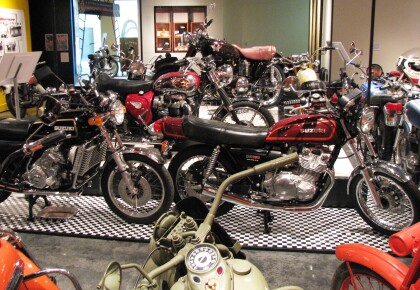
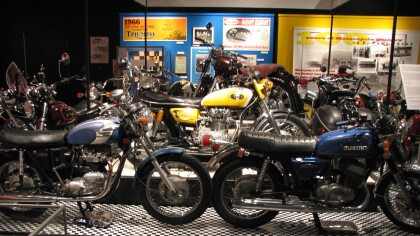
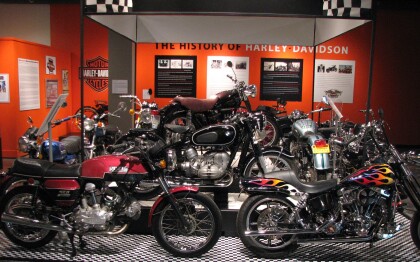
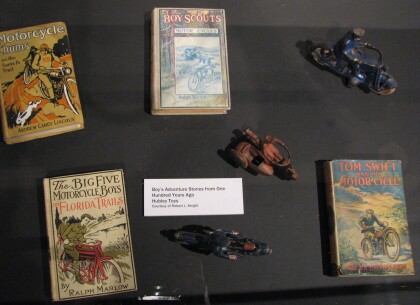
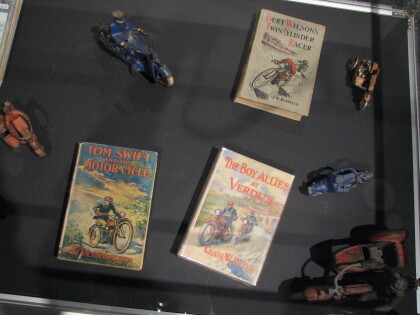
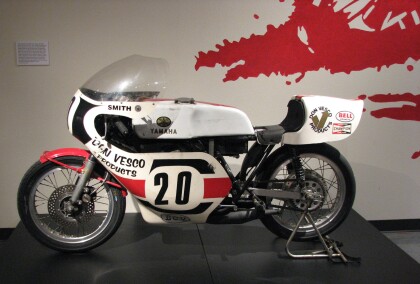
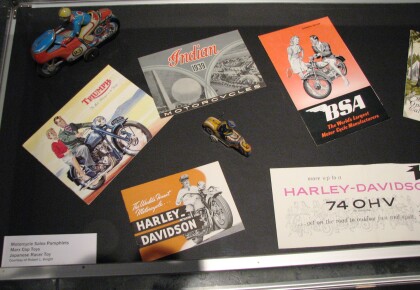
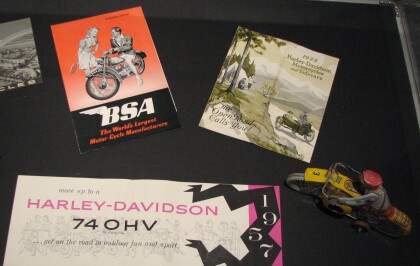
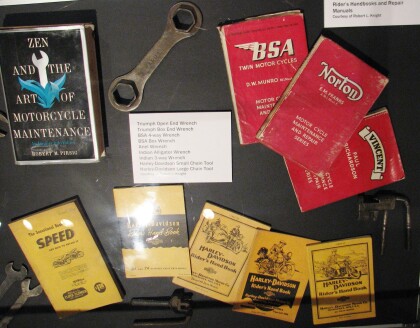
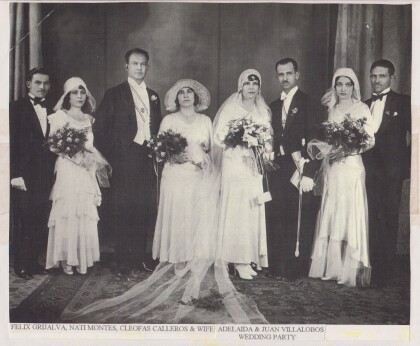
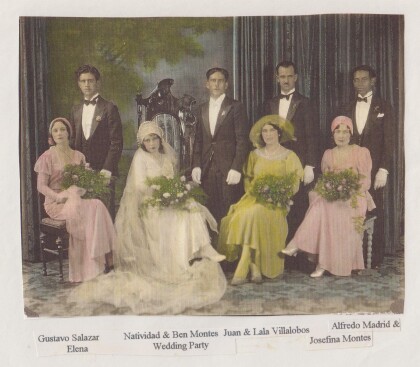
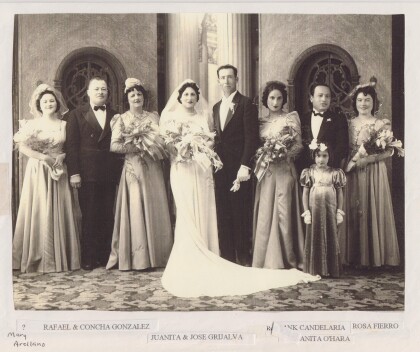
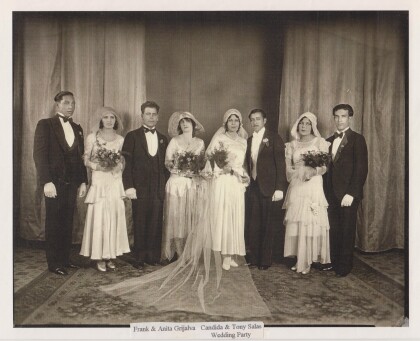
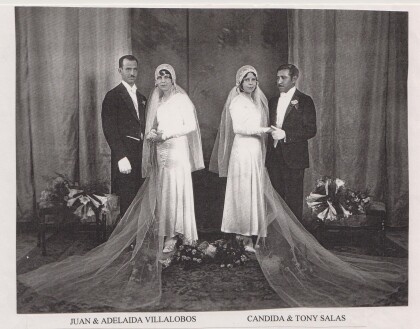
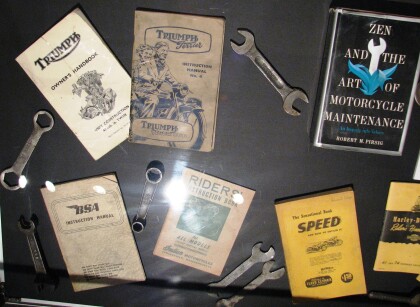
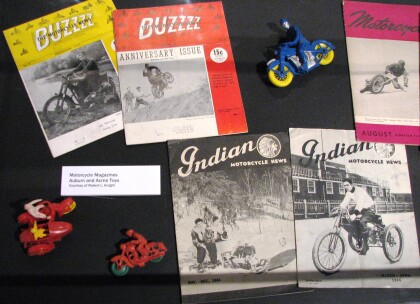
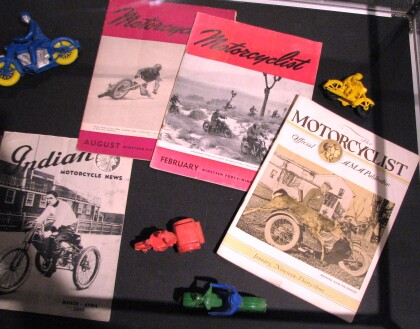
Comentarios
Hacer un comentario